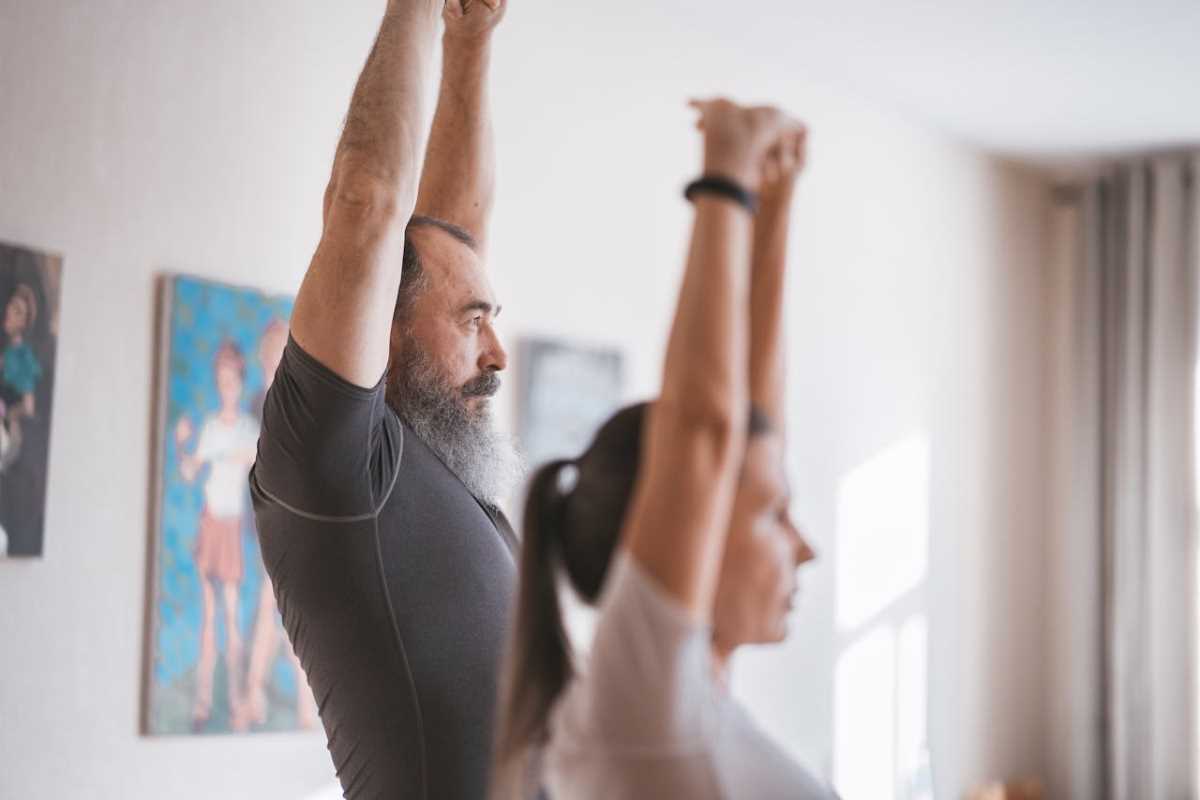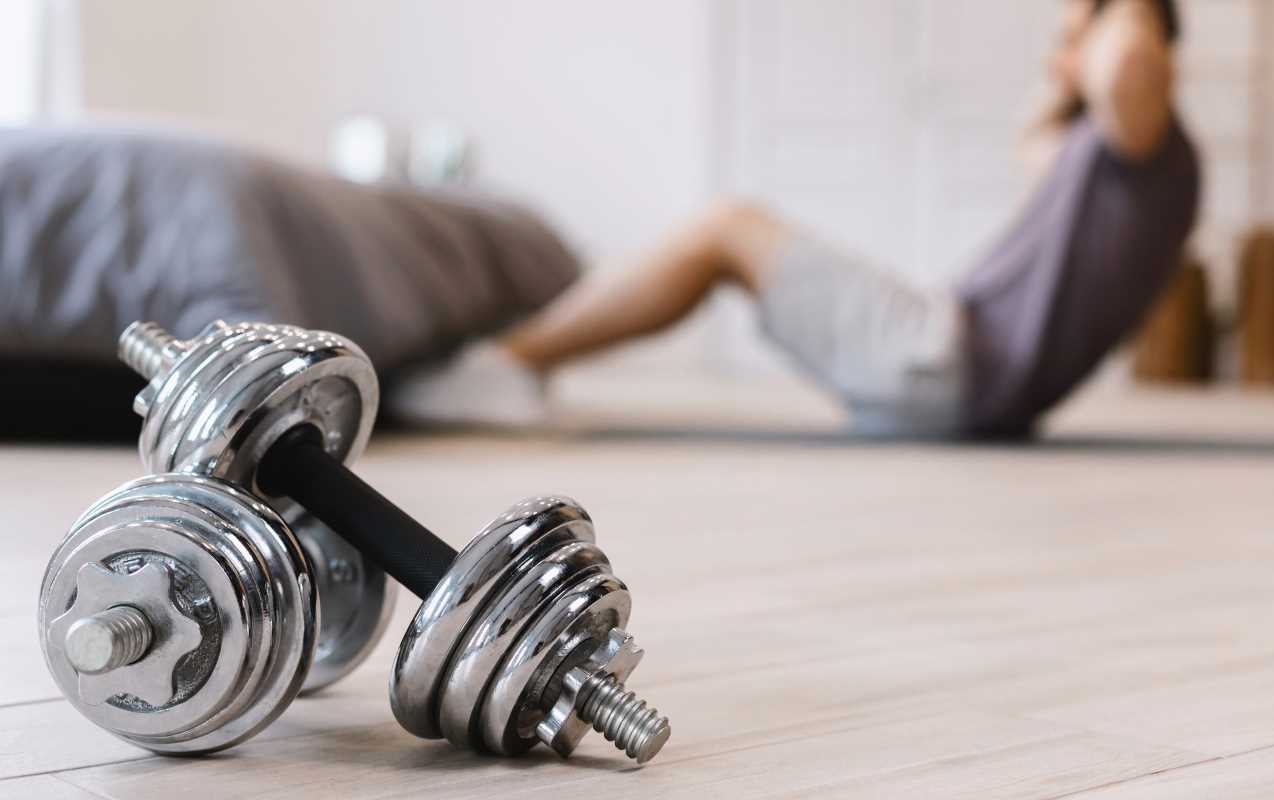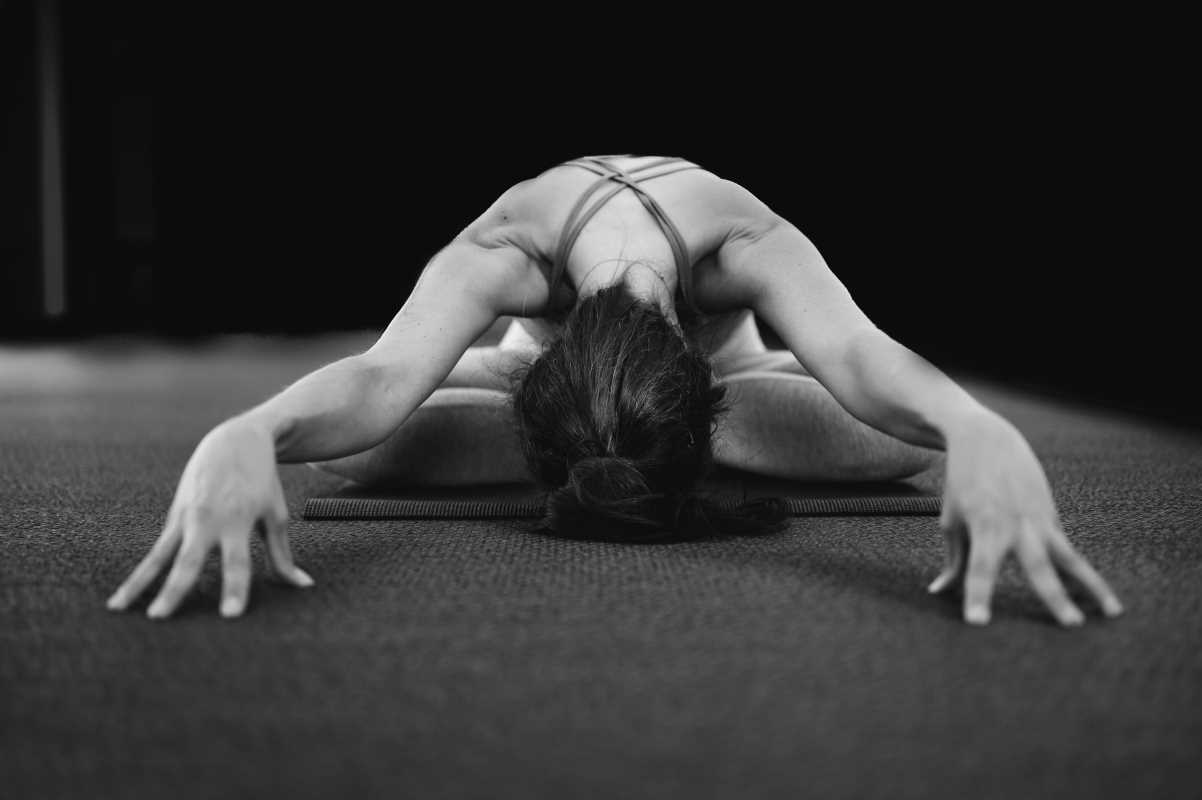Walking is one of the simplest, most approachable ways to stay active. It requires no fancy equipment or gym memberships—just a good pair of shoes and a willingness to move. While it’s often underrated, walking is a fantastic cardio workout that’s gentle on your body and suitable for people of all fitness levels.
But don’t mistake “gentle” for “ineffective.” Walking can help you boost your cardiovascular health, build endurance, and even manage your weight. Best of all, with a few tweaks, you can transform an easy stroll into a heart-pumping, calorie-burning workout that feels both effective and enjoyable.
Here’s what makes walking such a stellar choice for cardio and how you can dial up the intensity to meet your fitness goals.
Why Walking Deserves a Spot in Your Fitness Routine
1. Accessible and Convenient
Walking is for everyone. There’s no need for a gym or expensive equipment—just step outside your door and go. And because you can do it virtually anywhere, it’s easy to fit a brisk walk into even the busiest schedule.
2. Low-Impact and Joint-Friendly
For those who struggle with high-impact activities like running or jumping, walking offers a kinder, gentler alternative. It’s easy on your knees and joints, making it a great choice for beginners, older adults, or anyone recovering from an injury.
3. Fantastic for Cardiovascular Health
Walking at a brisk pace strengthens your heart, improves circulation, and helps keep your blood pressure in check. When done consistently, it can lower your risk for heart disease and other chronic conditions.
4. Mood-Boosting Power
Walking doesn’t just improve your physical health; it’s great for your mental well-being, too. A stroll through a park or even in your neighborhood can clear your head, reduce stress, and give your mood a much-needed lift.
5. Adaptable for Any Fitness Level
Whether you're just starting out or looking to push your endurance, walking meets you where you are. Beginners can ease into a routine without feeling overwhelmed, and advanced fitness enthusiasts can ramp it up by increasing intensity or duration.
Practical Tips to Level Up Your Walking Workout
Want to get more out of your walks? Increasing intensity doesn’t mean you have to sprint; small changes can make a big impact. Try these strategies to supercharge your walking routine.
1. Walk Faster
This might seem obvious, but picking up your pace is one of the simplest ways to turn walking into a cardio workout. Aim for a brisk pace that gets your heart rate up and makes talking a little harder—but not impossible. Think of it as the "Goldilocks zone" of effort.
Pro Tip: Use a fitness tracker or app to measure your speed and heart rate. This adds an extra layer of motivation.
2. Add Intervals
Interval training isn’t just for runners—walkers can benefit, too. Alternate between periods of brisk walking and a slower, recovery pace. For instance, walk fast for 2 minutes, then slow down for 1 minute, and repeat.
Why it works: Intervals improve cardiovascular fitness and help you burn more calories in less time.
3. Take on Hills
If you’re walking outdoors, seek out a route with hills or find a local trail with some incline. Walking uphill engages more muscles, especially in your legs and glutes, giving your workout an extra challenge.
On a treadmill? Most models allow you to adjust the incline. Start with a 5% or 6% incline and increase as you feel comfortable.
4. Use Weights or Resistance Bands
Adding light hand weights or resistance bands during your walk can increase intensity and engage your upper body muscles. Just remember to focus on good form to avoid strain.
Important Reminder: Stick to lighter weights—too much can hurt your joints, especially during longer walks.
5. Take Bigger Steps
Lengthening your stride engages more muscles and increases the workload on your body. Focus on driving through your heel, rolling through your foot, and pushing off your toes with each step for maximum benefit.
6. Engage Your Arms
Pump your arms as you walk to build momentum and get your upper body moving. Keep your elbows bent at 90 degrees and swing them naturally alongside your body. The more your arms work, the more calories you’ll burn.
7. Walk with a Purpose
Set mini goals to make your walks more intentional—and fun. For example:
- Time-based goals, like walking for 30 minutes
- Distance goals, like covering 3 miles
- Step goals, like hitting 10,000 steps in a day
These goals give you something to strive for and help track your progress over time.
8. Find the Right Walking Buddy or Playlist
Walking with a friend (or even a pet) can help the time pass quickly and keep you motivated. If you prefer going solo, a great playlist or podcast can energize your stride and make the experience more enjoyable.
The Benefits of Turning Up the Intensity
Why should you aim to make your walks more challenging? High-intensity walking has several perks, including:
- Improved Endurance
The more consistent you are, the farther and faster you’ll be able to go.
- Better Heart Health
Amplifying your effort strengthens your heart and boosts cardiovascular fitness.
- Weight Management
Higher-intensity walks burn more calories and can be a vital part of managing your weight.
- Stronger Muscles
Incorporating hills or resistance training during your walks helps tone and strengthen your legs, glutes, and even core muscles.
- Ongoing Motivation
Changing up your routine keeps things interesting and sustainable for the long haul.
 (Image via
(Image via.jpg)





